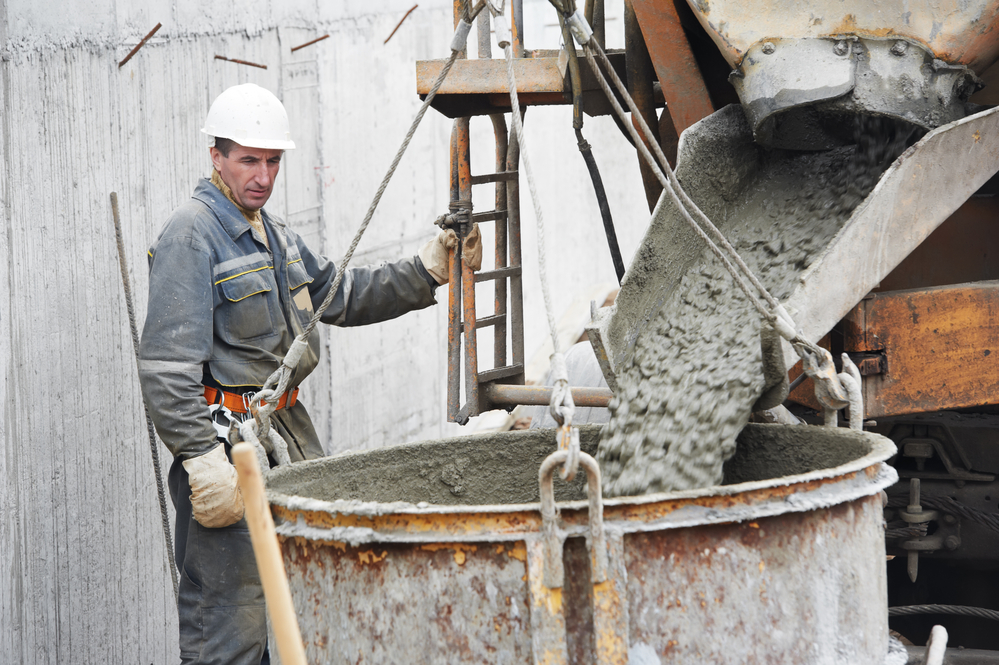For obvious reasons, it’s extremely easy to confuse cement and concrete. In fact, many people think they are merely different names for the same thing. The two are related but different materials. Let’s go over the differences in what they are and how they are made.
First off, cement is one of the materials used to make concrete. Precast concrete and other finished concrete projects are made from concrete.
How is Cement Made?
Cement is made of crushed material, typically limestone or clay. It acts as the binder in concrete, while the aggregate gives it strength. Cement cannot be used on its own – it doesn’t have the required strength.
The most commonly used cement is Portland cement, which is made from limestone. While there are many Portland cement quarries around the world, none of them are near Portland, Oregon. The name actually comes from its resemblance to the Portland stone in England, where Portland cement was first developed.
Portland cement is divided into five categories from Type I to Type V, depending on the cement’s intended use. Type II is the one most commonly used in North America.
After the limestone is removed from the quarry and ground into a powder, the limestone (known at this stage as a raw material) is sent to a kiln that can reach temperatures of 2,642 degrees Fahrenheit. After firing, the chucks of concrete (known at this stage as clinker) is removed and allowed to cool. Once the clinker is cooled, it is ground up into a fine powder, bagged up, and sold as Portland cement.
How is Concrete Made?
Concrete is a mixture of cement, aggregates, and water – occasionally, admixtures are included as well. Depending on how the concrete will be used, the percentage of each component will vary. As you now know, the cement is the glue that binds everything together. The aggregate provides bulk and strength – typically, both sand and larger aggregate are added.
The universally available nature of cement is what makes concrete such a low-cost material. It is relatively easy to mine and is found all over the world.
Water is one of the most important materials in your concrete mixture. It is needed to start the chemical reaction that cement goes through – can you imagine trying to do anything with dry cement? It also helps make the concrete more fluid so that it can flow into all the nooks and crannies. Having the right amount of water is especially important. Too much can make the concrete too weak, while too little will make it difficult to pour.
Admixtures can be added to speed up, slow down, or otherwise change the concrete’s final curing. These admixtures often come with a drawback, e.g., the faster curing means a slightly weaker product.
The most commonly used concrete for precast concrete is self-consolidating concrete (SCC). It has smaller water to cement ratio, making it highly flowable and easier to get into the often-complicated precast concrete molds.
Concrete is often used for walls and fences in commercial, industrial, and residential construction. If you are considering adding precast concrete to your property, contact American Precast Concrete Inc. today for a free custom estimate or visit our website to learn more about precast concrete.







